
Escape to the vast grasslands of Inner Mongolia. Explore endless plains, sleep in a traditional yurt under a starlit sky, and immerse yourself in the vibrant nomadic culture for an adventure that feels a world away.
Tour Overview
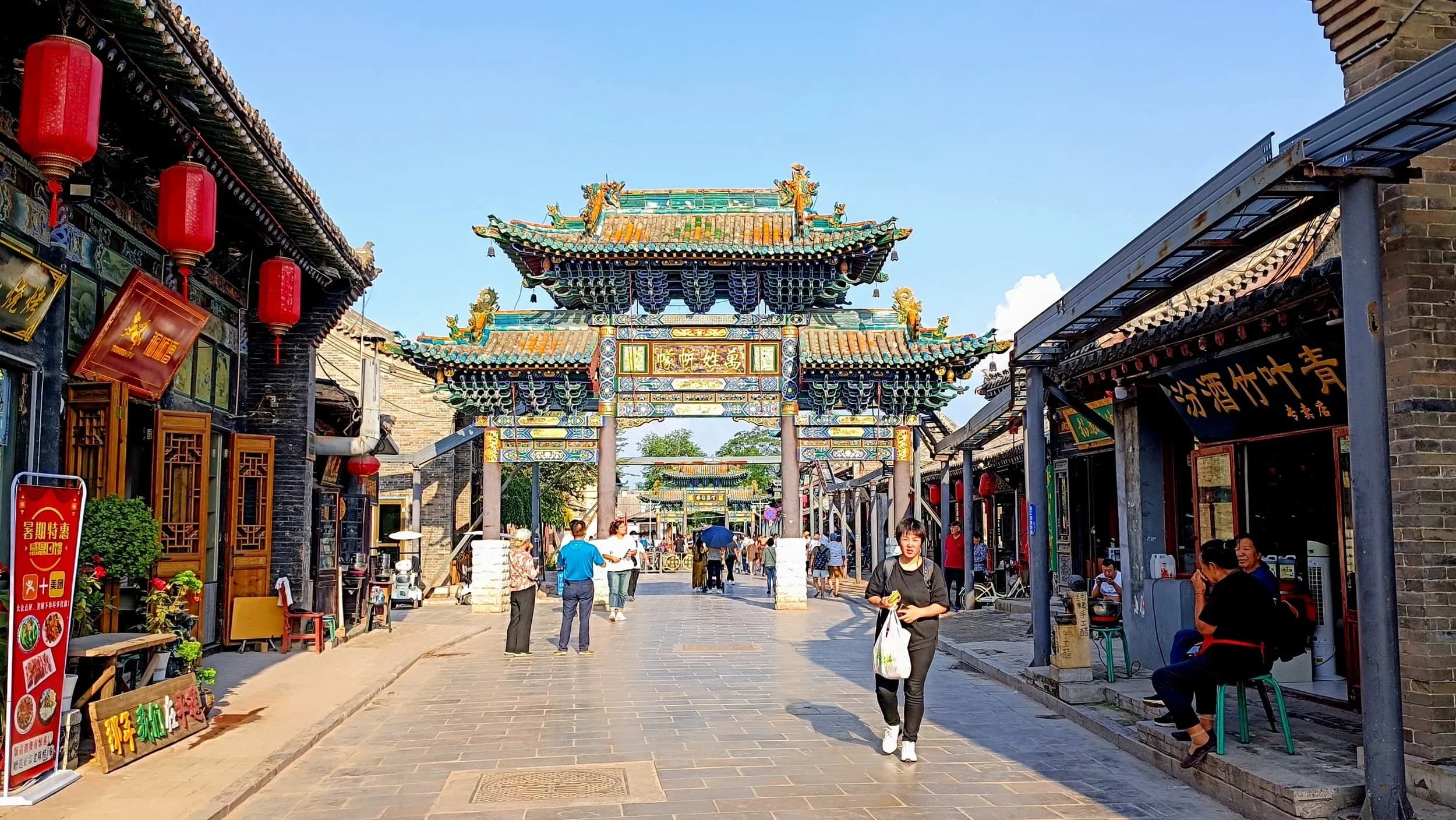
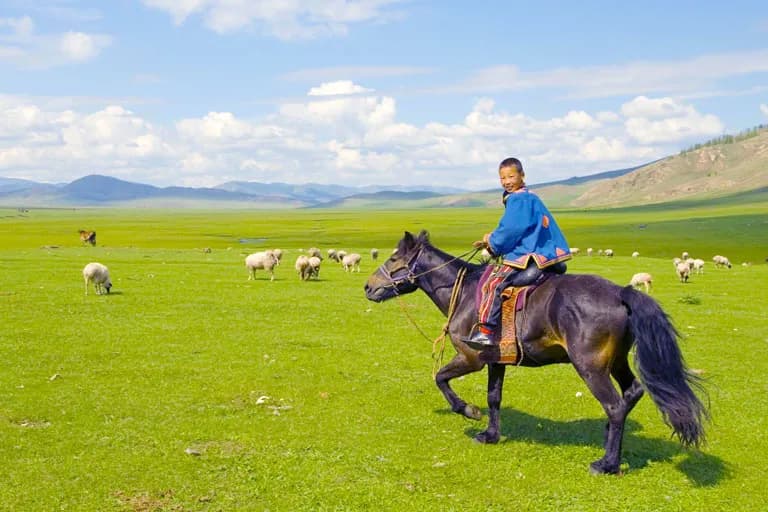
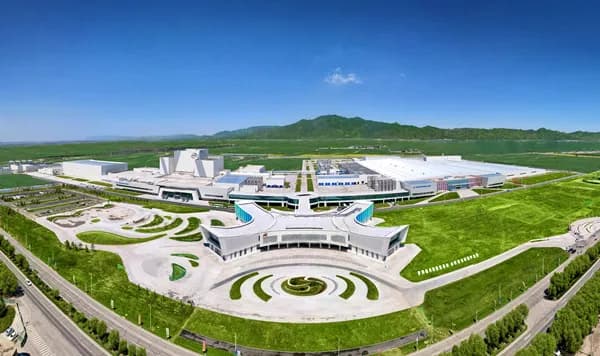
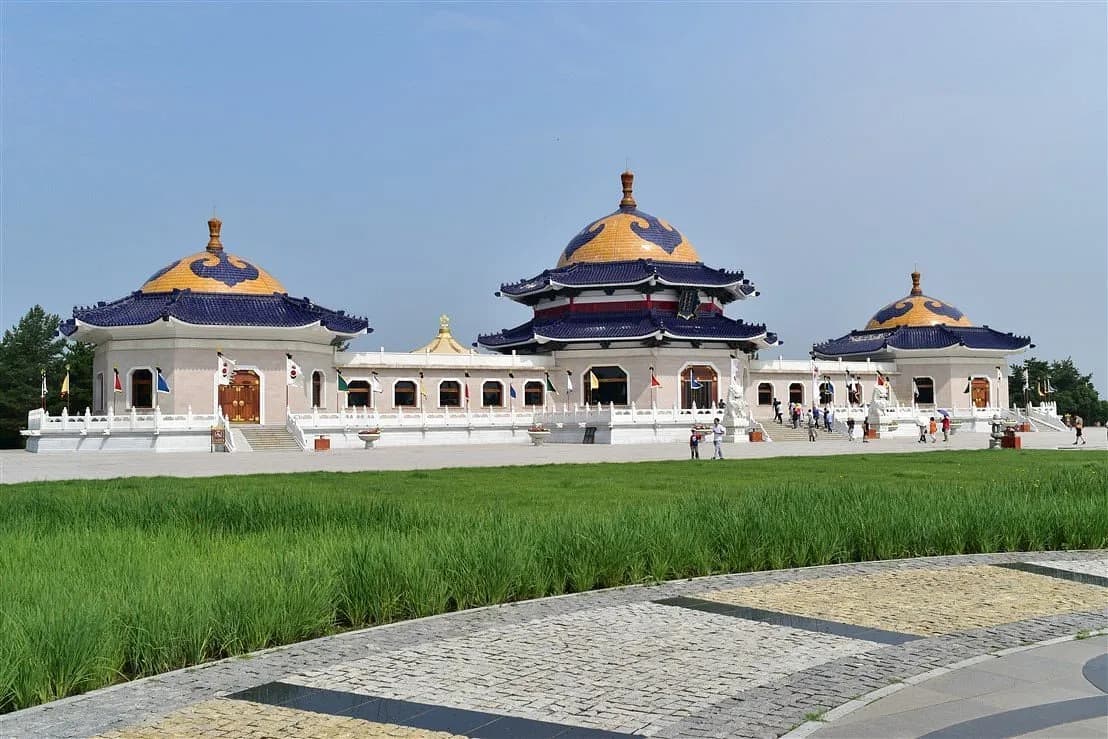
Itinerary Breakdown
A well-planned itinerary for an immersive experience.
Assemble on time at Singapore Changi Airport to begin an exciting journey.
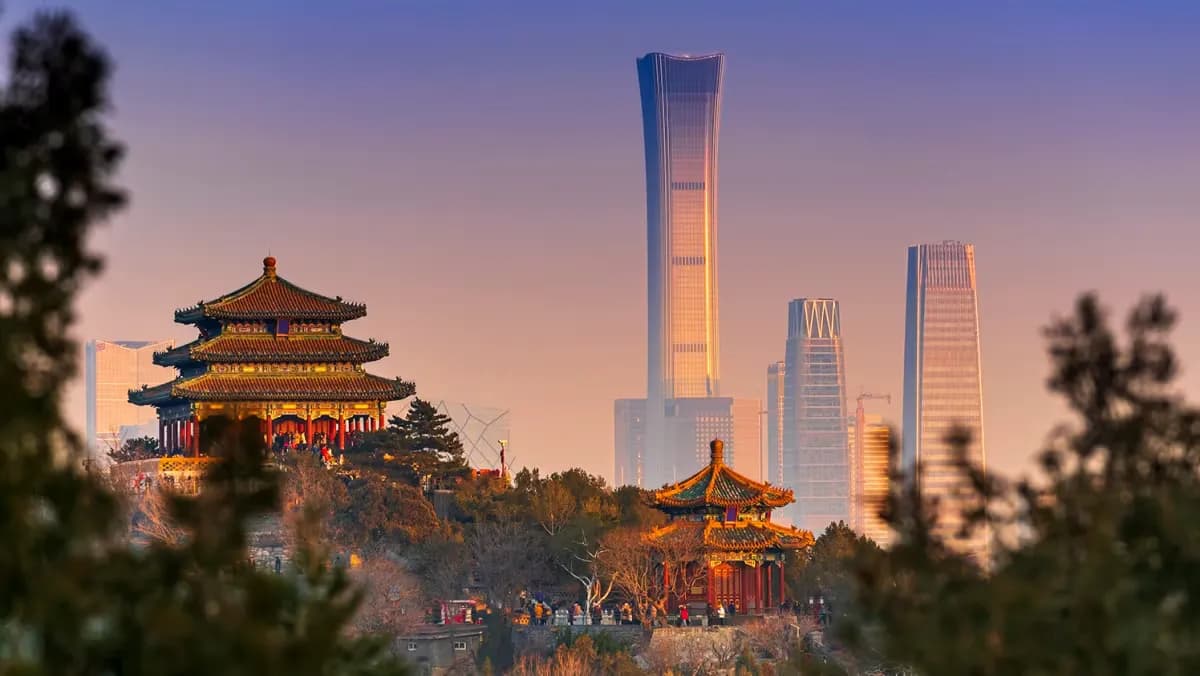
Arrive in Beijing and transfer to a high-speed train bound for Hohhot.
Ming & Qing Old Street:
A century-old commercial street preserving Ming and Qing dynasty architecture.
Sai Shang Old Street:
Showcases ancient architecture that blends Inner Mongolian, Central Plains, grassland, and ethnic minority cultures.
Qingcheng Lotus Hotel (4*) or similar
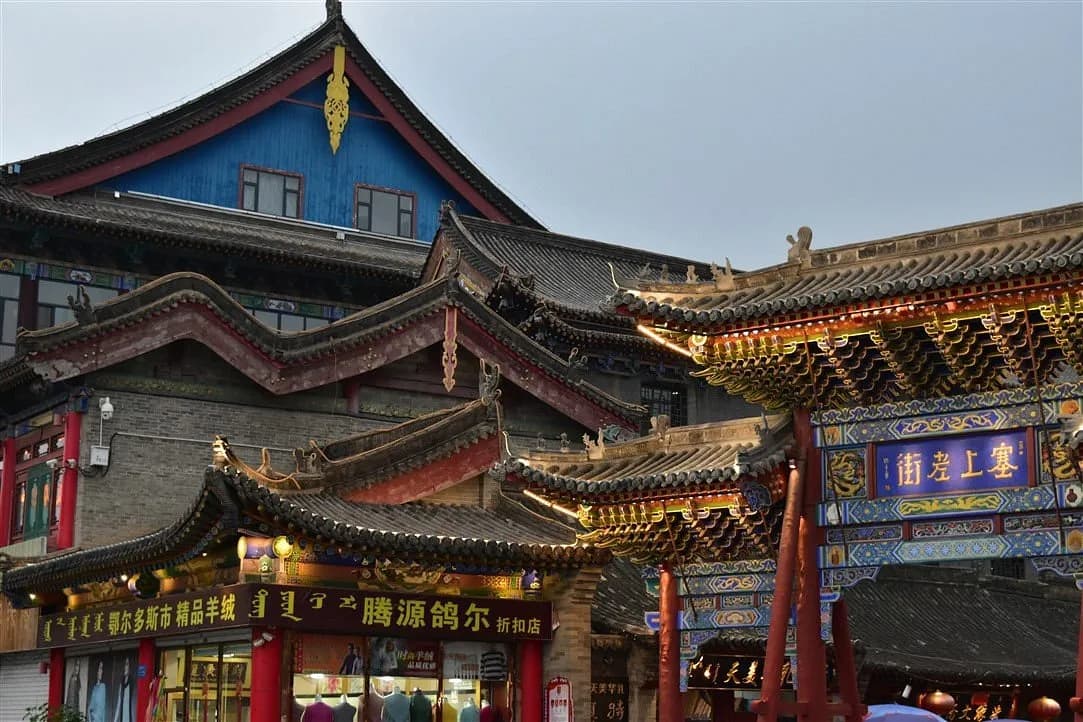
Xilamuren Grassland:
A stunning natural setting ideal for immersing in Mongolian culture.
Welcoming Wine Ceremony (Toasting with Horse Milk Wine):
A traditional Mongolian reception ritual symbolizing deep respect and hospitality. Grassland Happy Pasture: Immersive Mongolian cultural experience through livestock interaction, pasture activities, and nostalgic relaxation.
Royal "Zha Ma Banquet":
The most prestigious Mongolian feast. Guests dress in traditional royal attire, enjoy exquisite food, music, and dance for an immersive palace-style experience.
Bonfire Party:
Join herders in singing, dancing the Andai, and enjoying a vibrant grassland night.
Traditional Mongolian Yurt in Grassland Palace Tent:
Experience the charm of Mongolian culture under the stars, with morning birdsong and prairie breezes.
Mongolian Yurt in Grassland Palace Tent
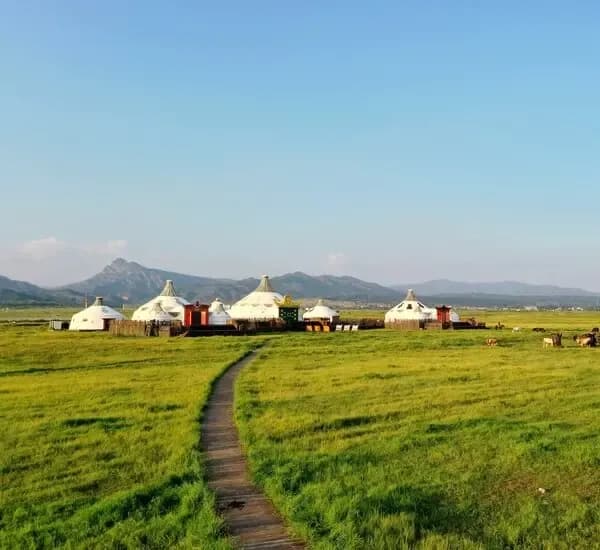
Yili Health Valley:
A key project under Hohhot's 14th Five-Year Plan, including Yili demonstration base, dairy innovation center, and theme park.
Meidaizhao Monastery:
An important Tibetan Buddhist site in Inner Mongolia, founded during the Ming Dynasty and historically a center for spreading Lamaism.
Qiao Family Golden Street:
A historic commercial landmark built by Shanxi merchants, featuring numerous temples and nowa major tourist attraction in Northwest China.
Northern Weaponry City:
A military industry exhibition base with four major areas, including a weapons display section-ideal for educational and sightseeing purposes.
Zhenjin Hotel, Dalad Banner (4*) or similar
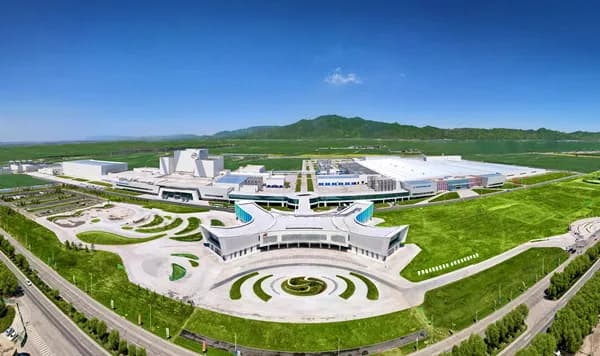
Xiangshawan:
In Alxa League, Inner Mongolia, these fine, tall dunes produce a "singing" sound when the wind blows. Ideal for photography, exploration, and activities like sand sliding and camel riding.
Xiansha Leisure Island:
Includes round-trip cable car and offers entertainment such as acrobatics, high-wire acts, desert off-roading, beach sports, fire shows, motorcycle stunts, camel rides, and more.
The Royal International Hotel (4) or similar
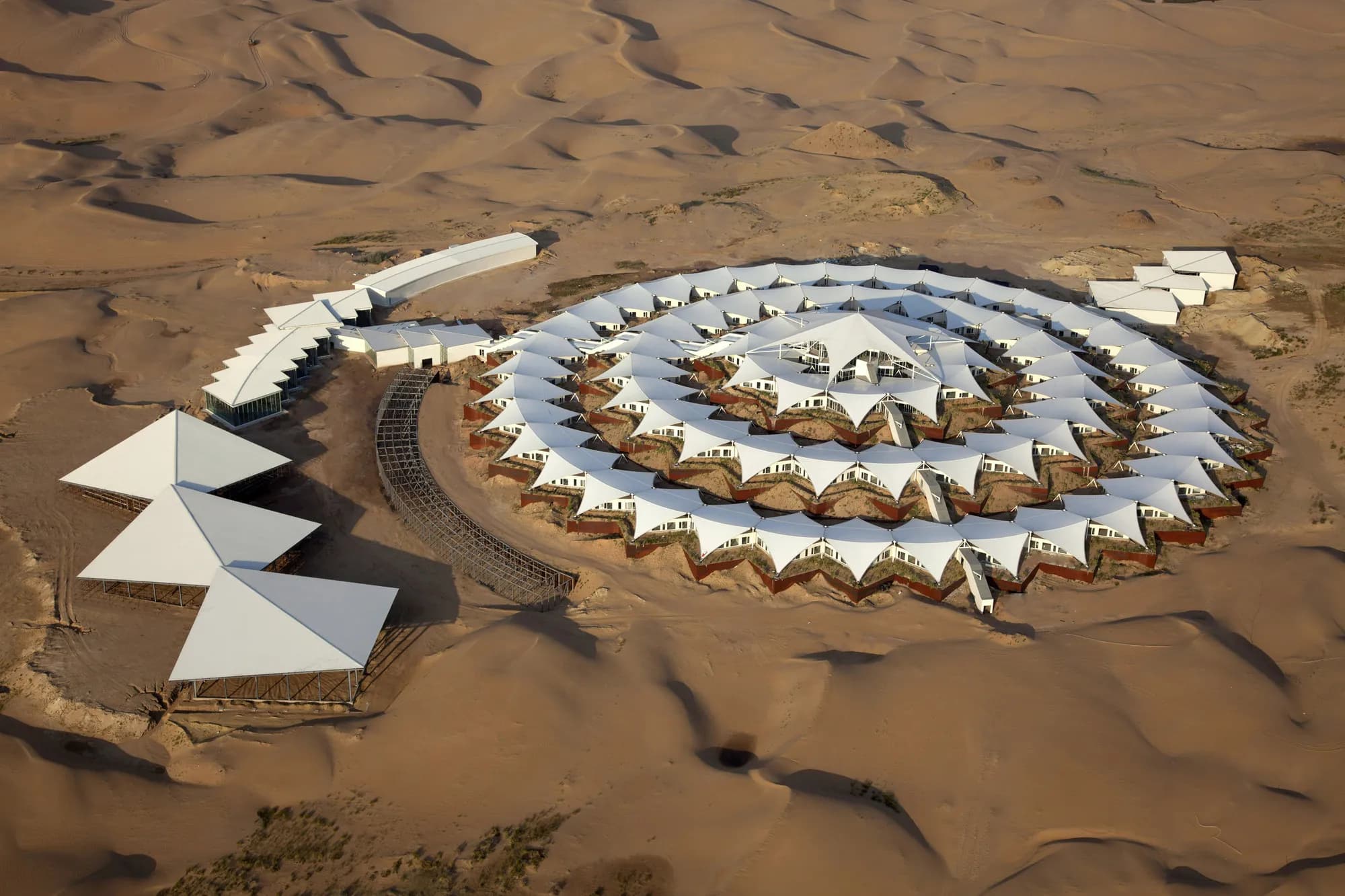
Genghis Khan Mausoleum:
A symbolic site honoring the Mongol Empire's founder, featuring temples, monuments, and exhibits on his life and legacу.
Kangbashi New District:
Dubbed China's "Ghost City," it's the first urban landscape named a national AAAA-level attraction, blending Mongol-Yuan culture, bronze heritage, and prairie style.
Yihe Eco Expo Garden (Ulan Living Buddha Temple):
In Azheng Town's northern botanical garden, this peaceful Tibetan Buddhist site was the practice place of the 12th Ulan Living Buddha and houses Inner Mongolia's only Buddhist cultural museum.
Hohhot Qingcheng Lotus Hotel (4*) or similar
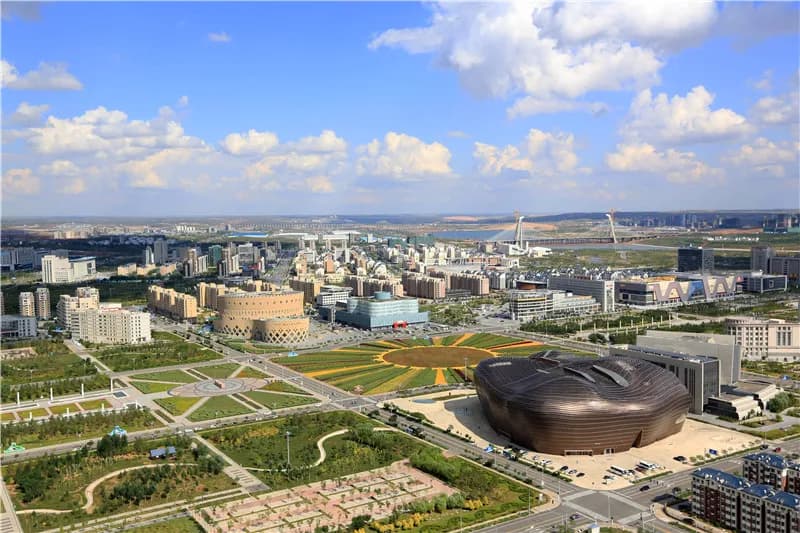
Mengliang Ethnic Culture Park:
Showcases Inner Mongolian specialties and rich ethnic traditions.
Inner Mongolia Museum:
Themed "Grassland Culture," presents history from the origin of life to the founding of New China, highlighting ethnic integration.
Huitengxile Grassland:
Offers prairie walks, close views of horse herds, Mars-like scenery, and volcano climbing for panoramic views.
Ulanhada Volcano Geopark:
Known as a "Natural Volcano Museum," features must-visit sites: No. 3 with boardwalk, photo spots, and space suit shots; No. 5 with gentle slopes and wild charm; No. 6 with black cliffs and an alien look.
Blue Horizen International Hotel (4*) or similar
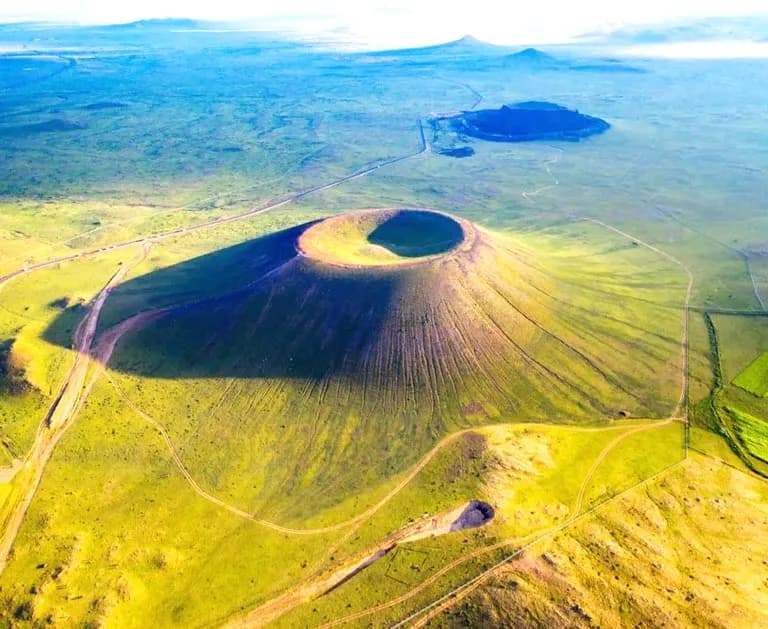
Zhangjiakou Fortress:
Nearly 600 years old, with 700+ relics and 93 key courtyards, it's the best-preserved Ming-Qing fortress, known as the "Museum of Ming and Qing Architecture" and marks Zhangjiakou's origin.
Then, transfer to Beijing Airport to end the Inner Mongolia journey.
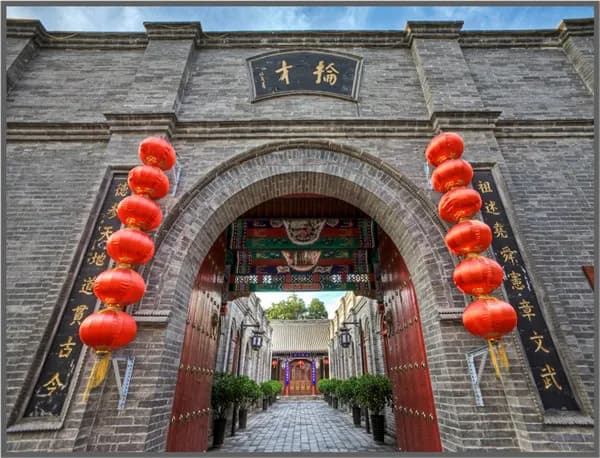
Hotel & tour price
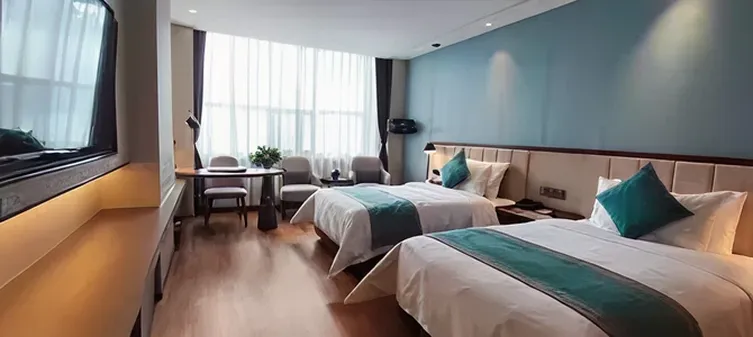
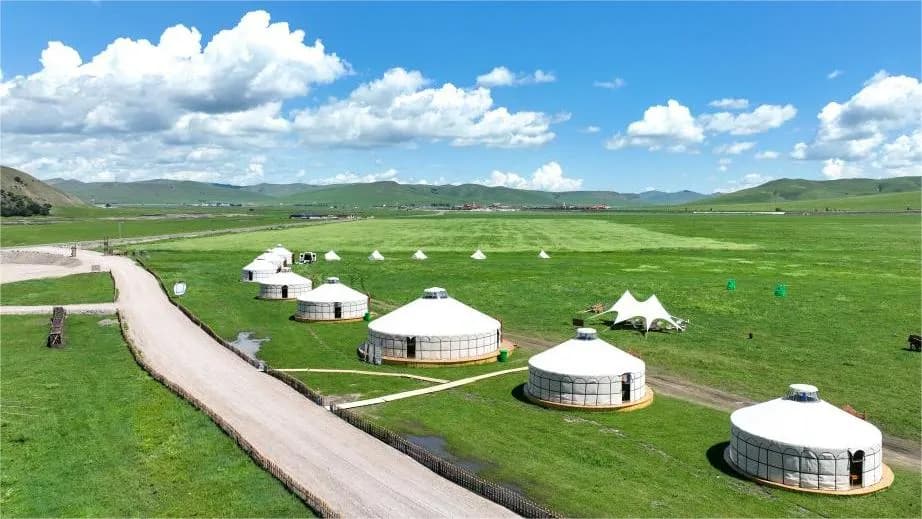
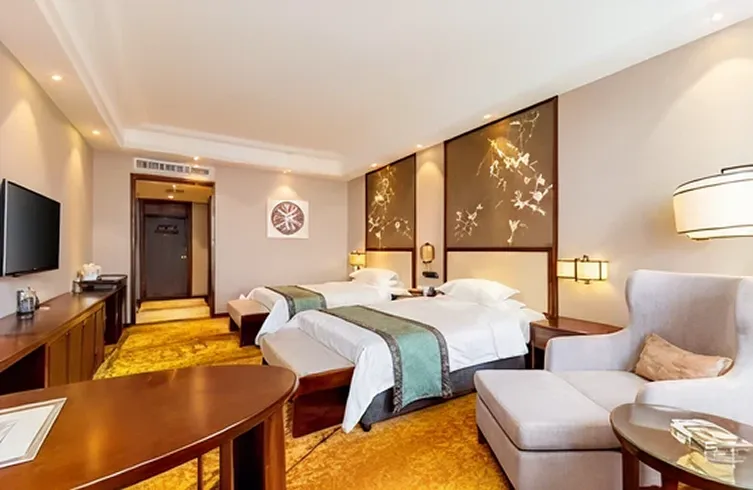
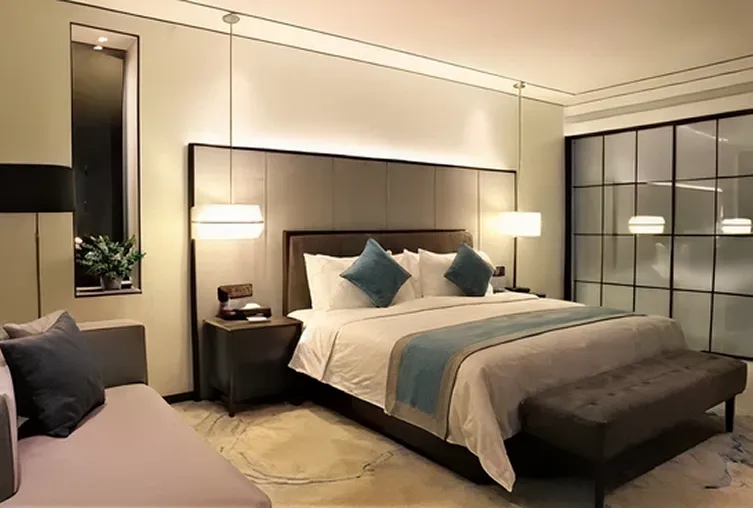
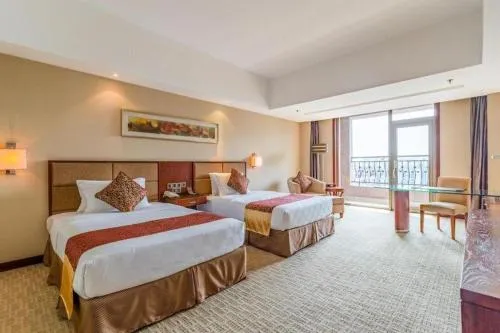
Tour info
Includes
Excludes
flight info